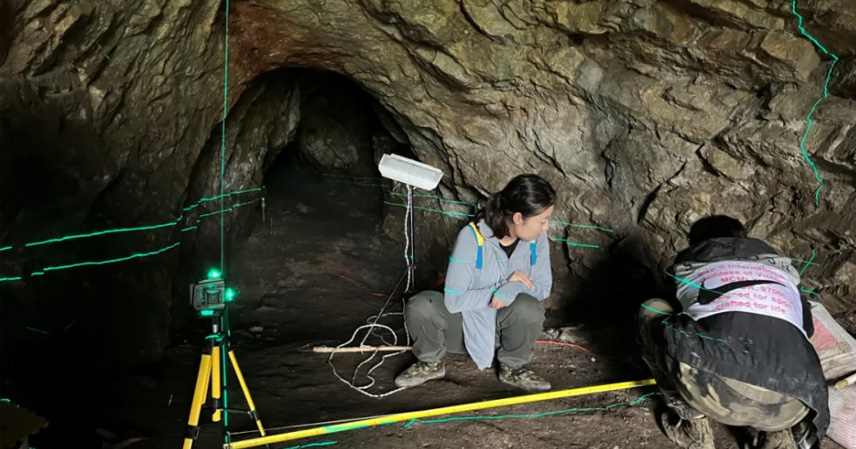Henan has struck gold again—this time, delivering a blow to the “Out of Africa” theory. In September 2024, the National Cultural Heritage Administration announced at the “Archaeology China” press conference: the Xianren Cave site in Ruzhou unearthed a modern human skull fossil dating back 32,000 years.
The news sent shockwaves through the archaeological world. Who said the Central Plains only boast historical civilizations? Here, even the ancestors of modern humans had been living right at our doorstep for 30,000 years. Push back another 100,000 years, and the “Xuchang Man” skull fossils from the Lingjing site in Xuchang had already made headlines in the prestigious journal Science.
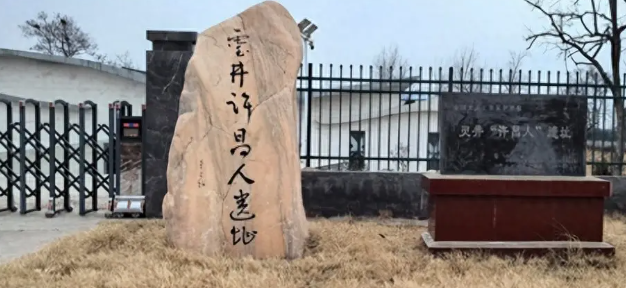
The facts are undeniable: the sons and daughters of China have always been self-reliant, and their roots? The yellow earth beneath our feet provides the strongest answer.
The Central Plains’ “Luxury Enclave” 32,000 Years Ago: The Primordial Coordinates of Human Civilization
September 27, 2024, Beijing. At the “Archaeology China” project press conference, a major discovery from the Xianren Cave site in Ruzhou County, Henan Province, captured nationwide attention.
A human skull fossil dating back 32,000 years was meticulously excavated from the depths of a steep cliff cave, through three intact stratigraphic layers. This isn’t an isolated find—it’s direct physical evidence of Northern China’s traditional lithic flake industry and Late Pleistocene human activity.
The Xianren Cave site is located in Guanyin Temple Township, Ruzhou City, Pingdingshan, Henan Province, at an elevation of 576 meters. The cave backs onto sheer cliffs in a strategically defensible position, facing a river with abundant water sources.
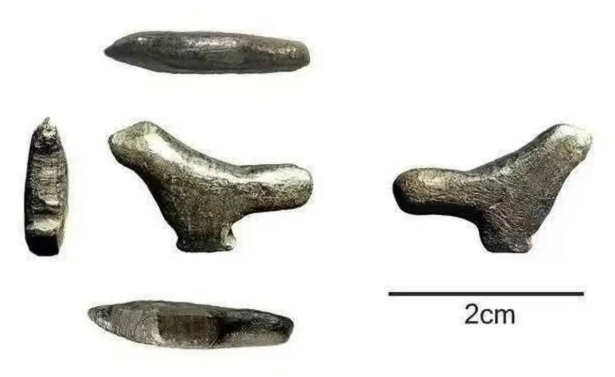
Over 40 human activity traces have been identified in the cave complex, with Xianren Cave alone accommodating about 10 people. Compared to surrounding caves, archaeologists jokingly call it the era’s “luxury residence,” its site selection reflecting early humans’ exceptional survival savvy.
The excavation yielded not only human skull fragments and teeth but also 14 stone tools, including flakes, scrapers, and chunks. These tools employ hammer percussion flaking techniques, part of Northern China’s traditional lithic flake system, indicating that humans had mastered sophisticated tool-making by then.
In the upper cave strata, two human skull fragments were dated to 32,000 and 12,000 years ago, respectively. The 32,000-year-old frontal bone’s thickness falls within modern human skeletal variation, directly challenging assumptions of the African origins model’s applicability in the Central Plains.
Even more valuable are the 16 families and 22 species of mammalian fossils unearthed on-site, including Przewalski’s gazelle, horses, and goats—hallmarks of the typical Late Pleistocene northern fauna.
These associated fossils vividly map the paleoecology, providing a full backdrop to early human life. With diverse wildlife, easy water access, and lush vegetation, this area was undoubtedly a “golden zone” for survival back then.
From fossils and tools to the complete ecological chain, the Xianren Cave site in Henan reveals crucial clues to the origins of modern humans in China. It’s tangible proof of continuous cultural development and a strong rebuttal to the “single origin” hypothesis.
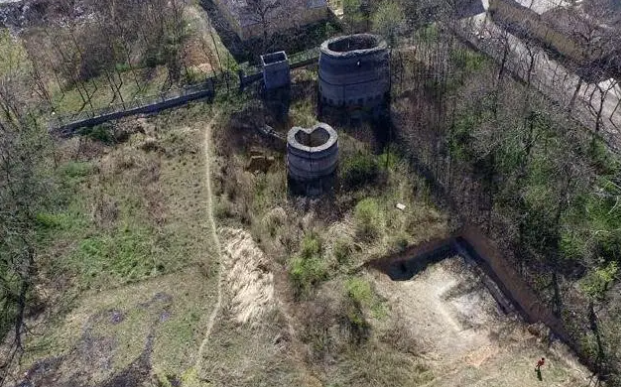
The evidence shows that 30,000 years ago, the Central Plains already hosted self-sustaining human communities with stable living spheres. This breakthrough is yet another precise strike from Chinese archaeology against human origins research.
The Yellow River’s “Pioneers” 100,000 Years Ago: Direct Ancestors Firmly Planted
Rewind to 100,000 years ago. At the Lingjing site in Xuchang, Henan, an archaeological odyssey spanning nearly two decades has unfolded. Since 2005, continuous excavations have yielded 45 archaic human skull fossils from 125,000 to 105,000 years ago—the most ever found at a single site since New China’s founding.
The Lingjing site in Jian’an District, Xuchang City, is China’s first Old Stone Age site centered on a spring. Its superior geography offered all the essentials for human settlement.
In 2007 and 2014, the team unearthed “Xuchang Man” skull fossils here, marking a milestone in Chinese—and East Asian—human evolution history.
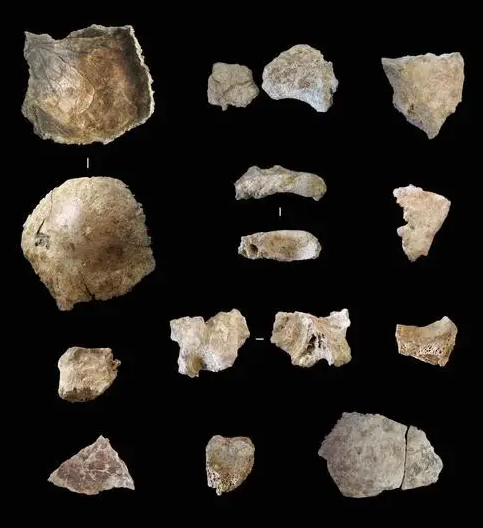
In March 2017, a Sino-US research team published a paper in the authoritative journal Science, proposing for the first time that “Xuchang Man may be the direct ancestor of modern humans in North China.”
This conclusion rests on robust fossil morphology and reliable stratigraphic dating from Lingjing. Xiujie Wu, researcher at the Institute of Vertebrate Paleontology and Paleoanthropology, Chinese Academy of Sciences, noted that Xuchang Man’s cranial features already exhibit hallmark modern human traits, markedly distinct from African archaic humans.
Xuchang Man’s presence shatters the single-population diffusion-replacement model, bolstering the multiregional origins hypothesis with solid artifacts. Archaeological data show they thrived in the cold, complex northern environment, establishing stable networks via spring sites.
This water-dependent, site-selective lifestyle echoes the settled patterns of later Huaxia agricultural civilization.
Xuchang Man’s tale inks a bold chapter in global human evolution. Amid Late Pleistocene climate shifts and survival pressures, they didn’t fade—they evolved, becoming the direct forebears of today’s Chinese descendants. This isn’t just an archaeological win for China; it’s the bedrock of the Chinese nation’s historical confidence.
The Civilizational Spark Beneath Songshan’s Stone Blades: Ignited on the Yellow Earth and Burning to Today
Shift from Xuchang to the Zhengzhou-Songshan area. This core zone, hailed as the “cradle of Chinese civilization,” has unleashed a flurry of archaeological breakthroughs in recent years. Over 400 ancient sites map a seamless chain from the Old Stone Age to the Neolithic, demolishing the so-called “hiatus theory.”
The discovery at the Zhumadian Cave site in Xingyang pushes early modern human activity in the Central Plains back to 100,000 years ago. Among the abundant stone artifacts unearthed, the standout is a complete knapped stone blade production line, signaling that the Late Old Stone Age “stone blade industry” had taken firm root on Huaxia soil.
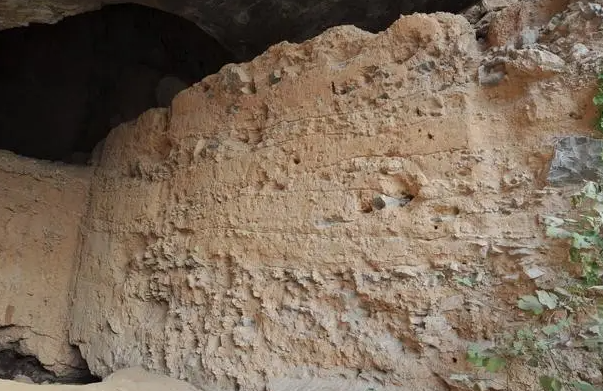
The Lijiagou site in Xinmi City reveals, through continuous cultural layers from 10,500 to 8,600 years ago, a smooth transition from the end of the Old Stone Age to the Neolithic in the Central Plains.
At the Xishi site in Dengfeng City, a standardized flint processing system showcases ancient Chinese humans’ systematic understanding and manufacturing prowess for tools. These sites are no longer isolated prehistoric markers but form integrated technological, livelihood, and cultural chains.
These finds clearly demonstrate that long before the African “Eve theory” was even proposed, the Central Plains had nurtured a highly advanced cultural system and survival wisdom. The emergence of stone blade industry marked a revolutionary leap in Chinese ancient humans’ tool-making, directly propelling shifts in social organization and subsistence.
This technological chain, originating from Songshan, flowed southeast along the Yellow River, converging into the unbroken river of civilization spanning millennia on the Chinese mainland. History’s stone blades didn’t just cleave the material world—they sculpted the resilient spine of the Huaxia nation’s self-reliant soul.
References
- National Cultural Heritage Administration announcements on “Archaeology China” project
- Li, Z., et al. (2017). “Late Pleistocene Human Skull Remains from Lingjing, Xuchang, China.” Science.
- CCTV News (2021). “Human skull fossil dating back 32,000 years discovered in China’s Henan.”
- South China Morning Post (2021). “A 32,000-year-old skull discovered in central China.”
- Antiquity Journal articles on Lijiagou and Xishi sites

